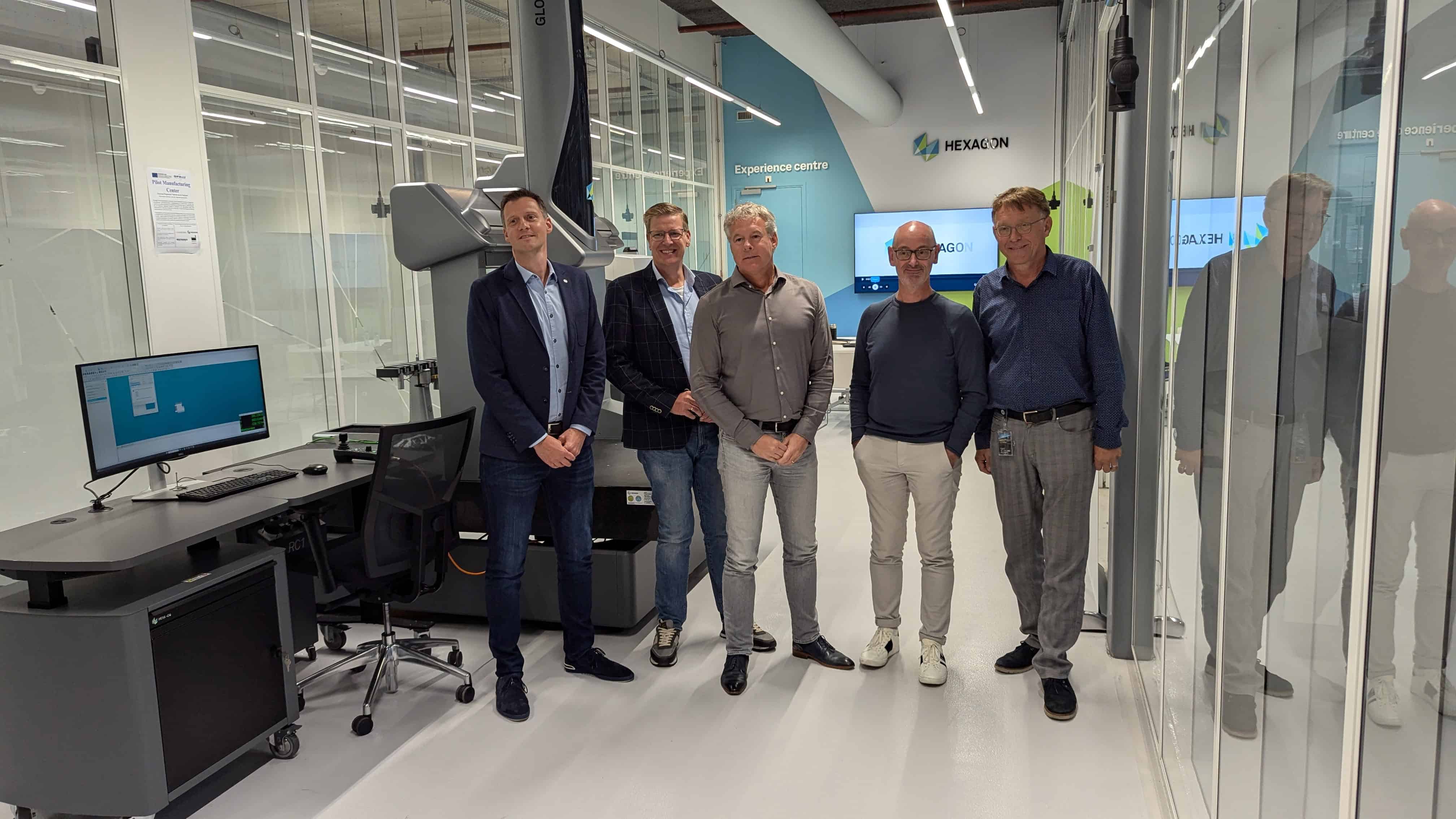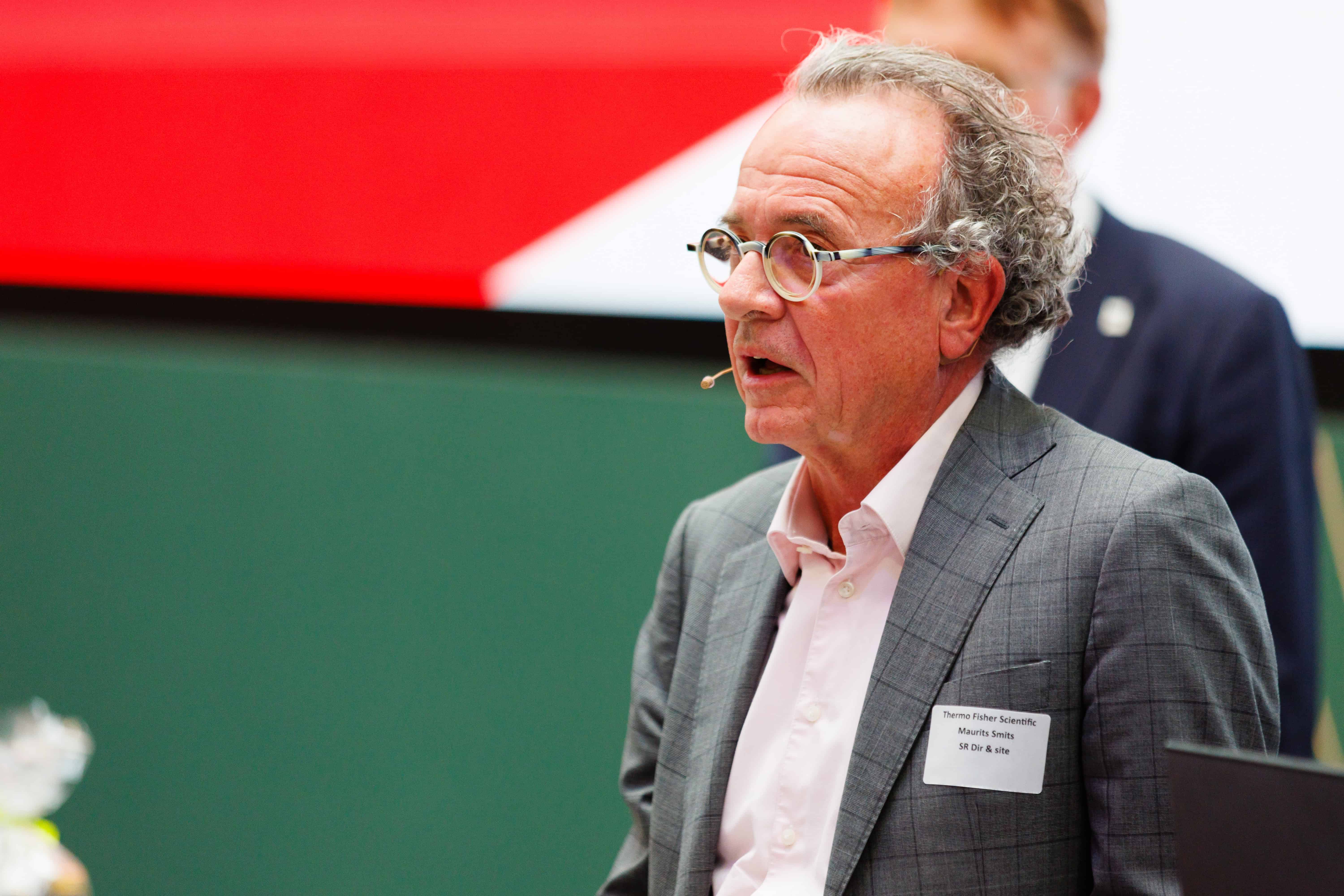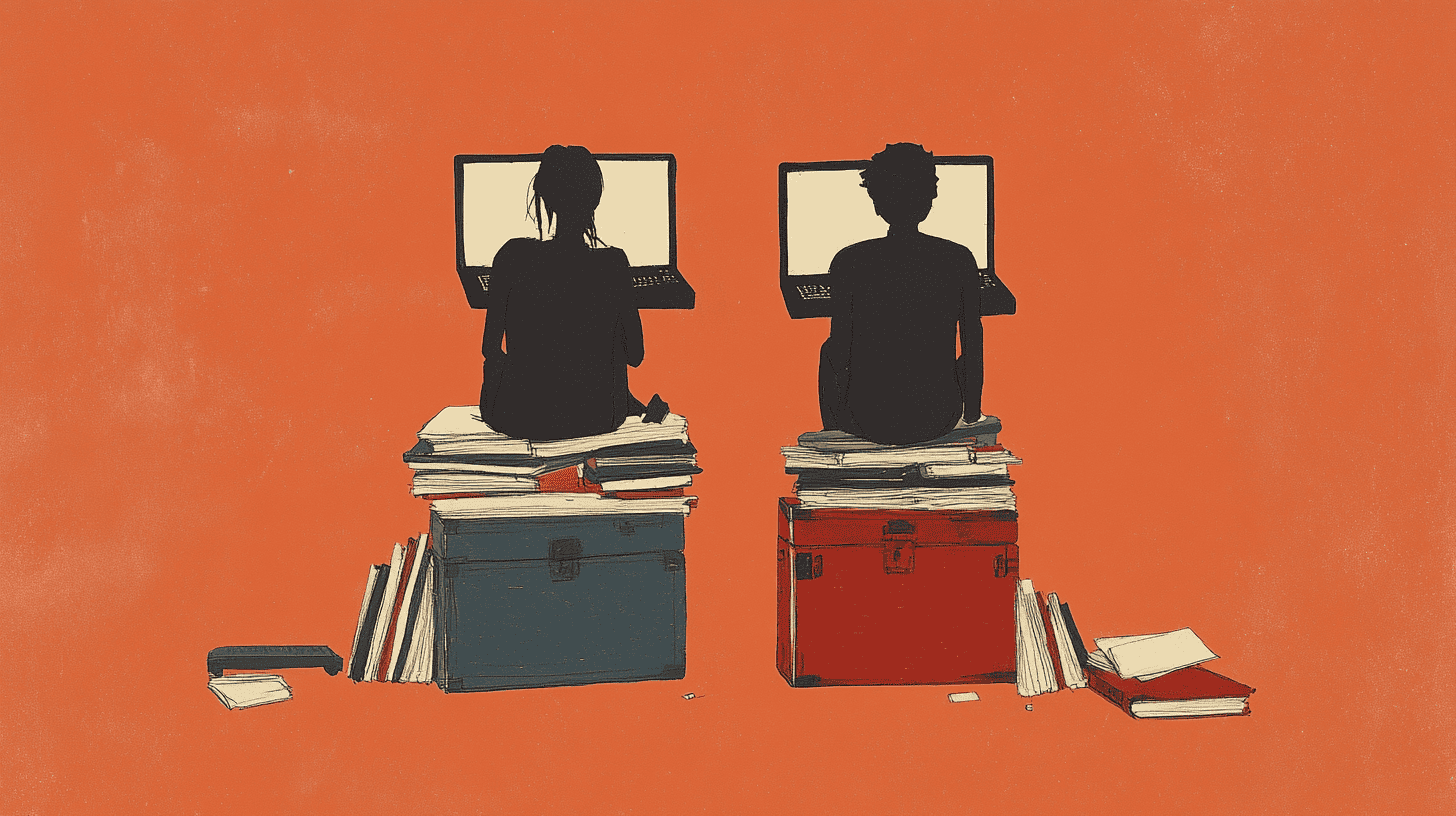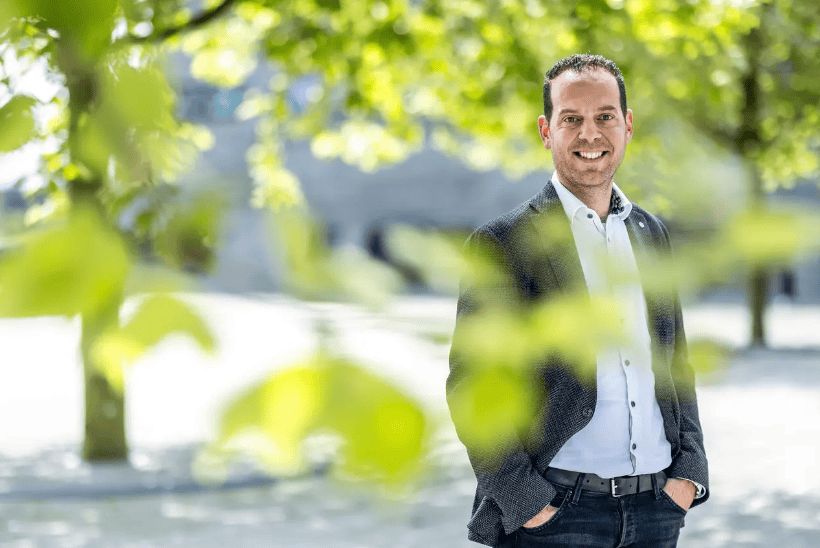
I dressed up to write this article. In a three-piece suit. I must admit, I’m still finding my way around when it comes to dealing with this situation. Keeping a normal routine is essential for me in order to be able to work. Normally I’d just wear a T-shirt and jeans, but in this situation the divide between work time and downtime needs to be a bit clearer. In a way, the ‘FruitPunch AI against COVID-19’ project is also a coping mechanism. For me and the 15 people who have joined our efforts. But just like with me dressing up, it seems to help in a very real way.
We’re working on what we call a ‘crystal ball’ for COVID-19. An accurate prediction of the amount of infections that will likely follow on from different types of regulations. Because even if we live out the best-case scenario, where we’ve achieved herd immunity, we were not prepared for a pandemic like this. Even though experts have been warning for years that a global pandemic is the most likely catastrophic event to uproot our hyper-connected society, we did not have the medical supplies, the protocols nor the data infrastructure ready. The latter is where our crystal ball comes in. Let’s start at the very beginning.
House of cards
About 3 weeks ago, before the strict regulations and Zoom Zumba classes, I woke up to the reality that we’re now all living with. I was reading a 2008 study from from Brazil (because my sister lives there) that showed an 8% increase in the death rate during economic recession. Stretch this out over the three to eight years that a recession takes, then you have more people killed than the disease itself ever could. This showed me that it was much worse than the flu. More severe symptoms and a higher infection rate means our systems cannot cope. We have built a house of cards.
Some quick calculations on the number of IC beds in The Netherlands and the rate of infection showed how close we are to a breaking point. I started to make some calls, convincing people we need to demonstrate to the government that more serious measures ought to be taken. The pandemic unfolded and the government did put out guidelines. Except we still couldn’t even look two days ahead.
Predicting the future is impossible, there are too many variables. Humans are unpredictable creatures. But together with our partners (De Grote Griepmeting, TU/e) we figured out another way. If we look at the historic spread of airborne, corona diseases each year, a.k.a. the common flu, we can make a model for the spread of the disease. In absolute terms the world looks the same as it did a year ago, meaning we should only change variables like infection rate and severity of symptoms to make this a COVID-19 model. The beauty of this is that, if we do it right and account for demographical factors, we can (with the help of local organizations) come up with a generic solution for other countries and even future pandemics.
Gathering more data
Right now, we are gathering more data. Our most recent findings have been published in articles by our volunteers, so make sure to follow our LinkedIn page or get email-updates by signing up for the ‘FruitPunch AI against COVID-19’ group on our platform. And remember, the more we know, the more we know what we don’t know. And so, as we venture into the unknown, we let the darkness engulf us. As we dive deeper, the waters may become clear as day, yet still the light will fade away. Leaving us alone with only the light in our minds. And with nothing illuminating our path, the only way to live is to reach out. There you will find the hands of others, reaching towards you. For only by serving others, can you navigate these treacherous waters.
In a weekly column, alternately written by Buster Franken, Eveline van Zeeland, Jan Wouters, Katleen Gabriels, Mary Fiers, Tessie Hartjes and Auke Hoekstra, Innovation Origins tries to find out what the future will look like. These columnists, occasionally supplemented with guest bloggers, are all working in their own way on solutions for the problems of our time. So tomorrow will be good. Here are all the previous episodes.
Support us!
Innovation Origins is an independent news platform that has an unconventional revenue model. We are sponsored by companies that support our mission: to spread the story of innovation. Read more.
At Innovation Origins, you can always read our articles for free. We want to keep it that way. Have you enjoyed our articles so much that you want support our mission? Then use the button below:








